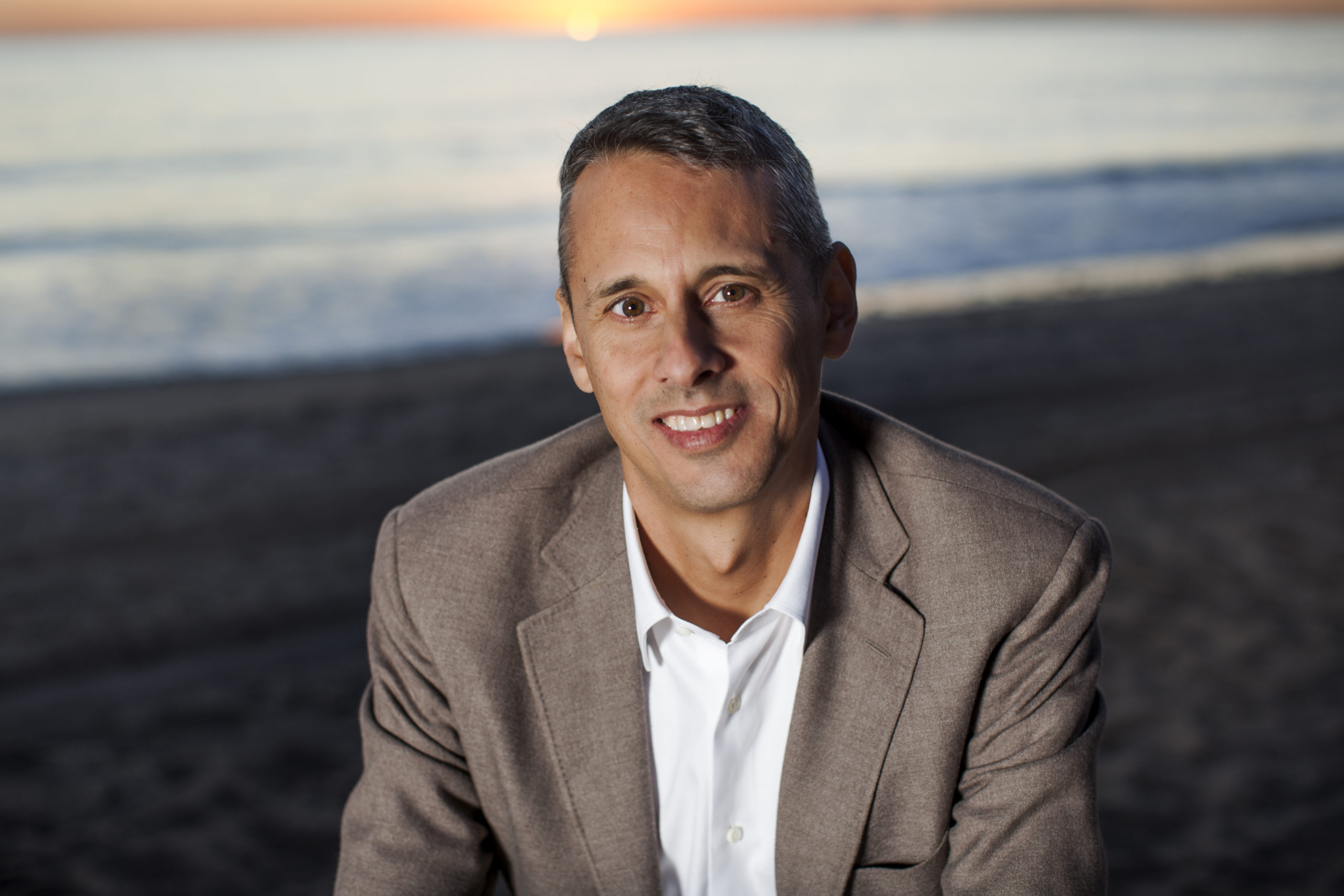How does Celliant work? Energy emitted from the body is absorbed by the fabric and then recycled back into the muscles and tissue. The body is able to operate more efficiently due to the textile’s temperature regulating effect, resulting in better performance, recovery and sleep.
The idea to embed infrared technology into fabric came from David Horinek, who, in the 1990s, was seeking a way to help alleviate his grandmother’s mobility challenges. Horinek explained the concept to his friend Seth Casden one night over dinner, and Casden, a fitness enthusiast himself, immediately saw the product’s potential. Casden lent his background in business administration and private equity, and together they founded Hologenix in 2002.
After much rigorous testing over the last eighteen years, the U.S. Food and Drug Administration (FDA) has determined that Celliant products are medical devices as defined under the Federal Food, Drug and Cosmetics Act. Celliant has also been designated a Class 1 Medical Device in Canada, Australia, Japan and several other countries around the world.
Casden spoke exclusively with Forbes on building the business, the benefits of infrared technology and the future of performance fabrics.
Anna Haines: What inspired you to build the company and what have been some of the greatest hurdles you’ve faced along the way?
Seth Casden: I got hooked because I tried it and felt the difference. Then I saw how it worked on animals. There’s no placebo effect with an animal so I was sold. But you can’t sell large brands on testimonials, you need the science. Through the last 20 years, we’ve done 10 clinical studies, published seven papers and spent eight years working with the FDA.
We always try to look at it positively, that it’s making our science stronger. Now that we have a statement from the FDA that we can place on any product that’s properly designed and built, the consumer can know we’ve gone through the right process. Having the science background that we have puts us in a position that’s unparalleled.
Haines: Do you feel that the boom in athleisure apparel has made it harder for technical fitness apparel brands to stand out?
Casden: I think the market being oversaturated helps us. Brands are looking for anything that can distinguish them. We offer a really unique claim set that nobody else can. Historically, advances in textiles were limited to the physical and mechanical characteristics of the textile itself. So you might have a UV coating to help block harmful sunlight or something waterproof or breathable. What we’re doing now is creating materials that actually change the body’s performance. And for athleisure, it can be done in a way that doesn’t alter the comfort and style of the product.
Haines: I love this idea that Celliant recycles your own body heat, I’m curious how that affects temperature. Would the fabric keep you warm when you’re cold or cool when you’re hot?
Casden: By infrared returning the energy back to the body, the fabric balances its temperature. If you’re cold, it increases circulation to bring heat to your extremities. If you’re hot, the minerals draw heat away from the body. Some people feel a cooling effect and others feel a warming effect because of the increased circulation.
20 to 22 hours of somebody sleeping on or wearing Celliant is equivalent to 20 minutes in an infrared sauna. You’re getting the same amount of exposure over the course of the day that you would get with a one-time treatment, but it’s much less intense, and has the added Thermo-regulating effect.
Haines: Is Celliant’s effect on circulation what makes it beneficial for sleep?
Casden: The reason why people have poor sleep is they’re either too hot or too cold, or they get sore from laying on their side. If you can improve circulation and temperature regulation, you’re not going to turn over as often. In the pilot sleep study we did, we saw that people spent less time in bed, but more time asleep. Their sleep efficiency improved—they were getting a higher quality of sleep so they didn’t need as much.
Haines: Fascinating, so Celliant doesn’t just appeal to athletes then. Since many fashion norms have come from sportswear innovation, do you see Celliant having a place in everyday casual wear? Especially since people are increasingly interested in optimization?
Casden: That’s exactly what we do, we optimize the body by improving its ability to maintain temperature. Everybody is so interested in tracking their fitness and their health. This will give them a way to see, “Oh, I’m improving my performance naturally, without any side effects.” With competitive athletes, you see how small the margin of victory is, so any advantage can be the difference between somebody winning or not. Then, for the average Joe, weekend warrior, if they can run a marathon and still walk the next day and go into work—great. Even somebody sitting on their couch all day watching TV is going to benefit from this.
Haines: A lot of people are certainly at home now. Do you see performance fabrics changing as our fitness routines adapt to the global pandemic?
Casden: The routines are changing, but the interest in fitness is increasing as a result of COVID-19. People are more concerned with their health and wellbeing. Now, there’s a much wider acknowledgement of the importance of circulation and blood flow. A technology that can boost that, I think, is going to have a lot of interest.
Haines: I’m curious then, who currently uses Celliant?
Casden: Anybody can benefit. We have infant lines that do crib mattresses. We have testimonials from older people that have had knee surgery who stopped taking pain relief medication every day after wearing Celliant. One of our biggest brands is Under Armour. We work with Levi, Costco, Bed, Bath and Beyond. Technical ski boots, Xcel Wetsuits, the military, the Navy SEALS use them as well.
Haines: Given that Celliant is considered a medical device, is there potential for it to have a medical use in the COVID-19 context?
Casden: That’s exactly what we think is its biggest benefit to society. As we learn more about cardiovascular needs and COVID-19, there’s some interesting opportunities for us. We’re already seeing some of our brand partners making face masks with Celliant. But we have to be careful, we’re not in a place where we can claim anything at this point.
Haines: You know, I have to ask, what Celliant products do you use?
Casden: [Laughs] Everything from my mattress to the mattress pad, to the sheets, the pillows, socks, undergarments, pants, the shirt I’m wearing… once you get on the Kool-Aid, it’s hard to get off.
About Anna Haines: As a freelance journalist and photographer, I cover a wide variety of lifestyle topics—namely wellness, beauty, travel, culture, and food. I have written for numerous outlets including SELF, Refinery29, NYLON, FLARE, SUITCASE, TRAVEL+LEISURE, and AFAR, among others, and previously worked as a travel writer for Buzzfeed’s Bring Me! vertical. I’m also a graduate of the International Center of Photography’s Visual Journalism program, and McGill University, where I studied International Development.






